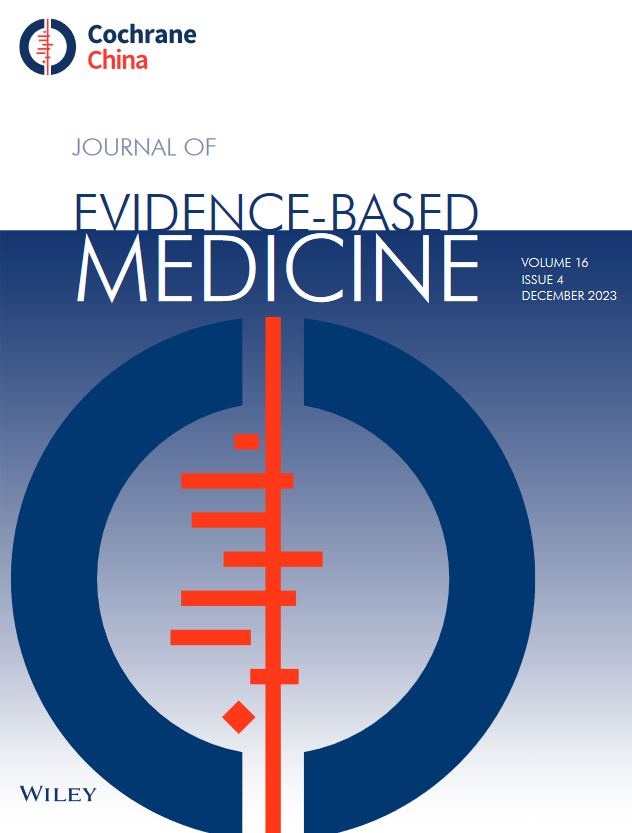Extraversion and the Brain: A Coordinate-Based Meta-Analysis of Functional Brain Imaging Studies on Positive Affect
Abstract
Objective
Extraversion is a fundamental personality dimension that contributes to an individual's overall health and well-being. Many studies have examined the neural bases of extraversion but these results are inconsistent. This study adopted a meta-analysis approach to examine the brain activity correlates of extraversion by incorporating functional neuroimaging studies in the context of positive affect/emotional stimuli.
Methods
A systematic literature search was performed in the databases of PubMed, Web of Science Core Collection, Embase, PsycInfo, CNKI, WanFang, and Weipu. The demographic characteristics and basic information of the included studies were first summarized. Then, a meta-analysis was conducted using anisotropic effect-size seed-based d mapping. Jackknife sensitivity analysis was next conducted to examine the reliability of the findings. Finally, meta-regression analysis was performed to test the potential demographic effects (i.e., sex and age) on the association between extraversion and brain activity.
Results
A total of 11 studies were included in the meta-analysis. The results of meta-analysis revealed robust and consistent positive correlations between extraversion and activation of right inferior frontal gyrus/insula, right angular gyrus, and left precentral gyrus during positive affect processing. In contrast, brain activity in the right striatum during positive affect processing was negatively associated with extraversion. Additionally, meta-regression analysis revealed sex as a moderator in the relationship between extraversion and right insular activation.
Conclusions
Overall, our study is the first to provide a comprehensive understanding of functional brain activation patterns of extraversion, which may be helpful for targeting of specific brain regions in personalized interventions for extraversion-related psychological/physical illness.

 求助内容:
求助内容: 应助结果提醒方式:
应助结果提醒方式:


